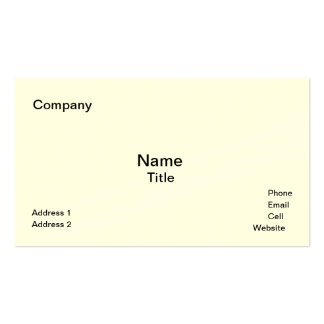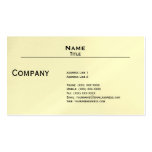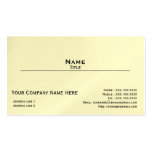In order to successfully grow your business, you’ll
need to attract and then work to retain a
large base of satisfied customers. Marketing emphasizes the value of the
customer to the business, and has two guiding principles:
- All company policies and activities should be directed toward satisfying customer needs.
- Profitable sales volume is more important than maximum sales volume.
To best use these principles, a small business should:
- Determine the needs of their customers through market research
- Analyze their competitive advantages to develop a market strategy
- Select specific markets to serve by target marketing
- Determine how to satisfy customer needs by identifying a market mix
Marketing programs, though widely varied, are all aimed at convincing people to try out or keep using particular products or services. Business owners should carefully plan their marketing strategies and performance to keep their market presence strong.
Conducting Market Research
Successful marketing requires timely and relevant market information. An inexpensive research program, based on questionnaires given to current or prospective customers, can often uncover dissatisfaction or possible new products or services.
Market research will also identify trends that affect sales and profitability. Population shifts, legal developments, and the local economic situation should be monitored to quickly identify problems and opportunities. It is also important to keep up with competitors' market strategies.
Creating a Marketing Strategy
A marketing strategy identifies customer groups which a particular business can better serve than its target competitors, and tailors product offerings, prices, distribution, promotional efforts and services toward those segments. Ideally, the strategy should address unmet customer needs that offer adequate potential profitability. A good strategy helps a business focus on the target markets it can serve best.
Target Marketing
Most small businesses don’t have unlimited resources to devote to marketing; however, the SBA wants you to know that you can still see excellent returns while sticking to your budget if you focus on target marketing. By concentrating your efforts on one or a few key market segments, you’ll reap the most from small investments. There are two methods used to segment a market:
- Geographical segmentation: Specializing in serving the needs of customers in a particular geographical area.
- Customer segmentation: Identifying those people most likely to buy the product or service and targeting those groups.
Managing the Market Mix
Every marketing program contains four key components:
- Products and Services: Product strategies include concentrating on a narrow product line, developing a highly specialized product or service or providing a product-service package containing unusually high-quality service.
- Promotion: Promotion strategies focus on advertising and direct customer interaction. Good salesmanship is essential for small businesses because of their limited advertising budgets. Online marketing is a cheap, quick, and easy way to ensure that your business and product receive high visibility.
- Price: When it comes to maximizing total revenue, the right price is crucial. Generally, higher prices mean lower volume and vice-versa; however, small businesses can often command higher prices because of their personalized service.
- Distribution: The manufacturer and wholesaler must decide how to distribute their products. Working through established distributors or manufacturers' agents is generally easiest for small manufacturers. Small retailers should consider cost and traffic flow in site selection, especially since advertising and rent can be reciprocal: a low-cost, low-traffic location means spending more on advertising to build traffic.
The aforementioned steps combine to form a holistic marketing program.
The nature of the product or service is also important in citing decisions. If purchases are based largely on impulse, then high-traffic and visibility are critical. On the other hand, location is less of a concern for products or services that customers are willing to go out of their way to find. The Internet makes it easy for people to obtain goods from anywhere in the world, so if you’re worried about reaching a certain market, selling your product online may do wonders for your business.


















No comments:
Post a Comment